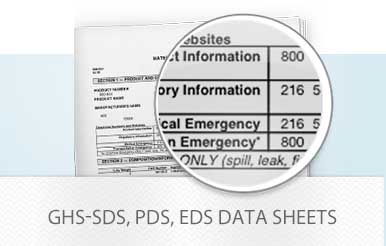Painting contractors and their employees spend a lot of time driving to job sites and mileage is one of your major tax deductions. Here is some advice from Barbara Weltman, a tax and business attorney since 1977, for actions you can take to make things easier for tax purposes when vehicles are used for both business and personal driving.
1. Use the standard mileage rate
Whether you own or lease the vehicle, you can use an IRS-set rate to account for the cost of business driving. For 2014, the rate is 56 cents per mile. Using this rate eliminates the need to keep receipts for gasoline and other vehicle costs. You still need to track the business mileage, including miles driven, the date, destination, and purpose of each trip.
2. Use apps to track business mileage
Keeping a paper record is acceptable for IRS purposes (something I did for years on a little spiral pad in my car). For convenience, however, it makes more sense to use an app designed specifically to meet IRS recordkeeping rules for business driving.
There are several apps available, regardless of which smartphone platform you use. Some apps are free; others have a modest charge. Check for one that can easily export the information to your accounting application. For example, ProOnGo Expense works with QuickBooks and QuickBooks Online; there's a monthly charge for this app after a trial period.
3. Use sampling
What's better than a technological aid for keeping records? Answer: an IRS-approved way to eliminate recordkeeping entirely. That's what "sampling" is all about. If you use a vehicle in a consistent way, you are treated as having adequate substantiation as long as you keep records for a representative portion of the year. You can then extrapolate for the full year. For example, you keep track of driving for the first three months of the year and your driving throughout the year remains about the same. Simply multiply your mileage for the sample period by four to show your annual driving.
4. Use an accountable plan
If you reimburse employees for business use of their personal vehicles, use an accountable plan, an IRS term in which employees account for their expenses to their employer within a reasonable time and return any advances or excess reimbursements. By using an accountable plan, reimbursements are not income to employees, so there is no W-2 reporting or employment taxes on the reimbursements. You can set your reimbursements for 2014 at any rate up to the IRS standard mileage rate of 56 cents per mile (see item 1 in this list for details).
Conclusion
Be sure to note your odometer reading at the end of 2013 and the start of 2014 so you can begin your required recordkeeping accurately. Discuss your business mileage options with your tax advisor.






